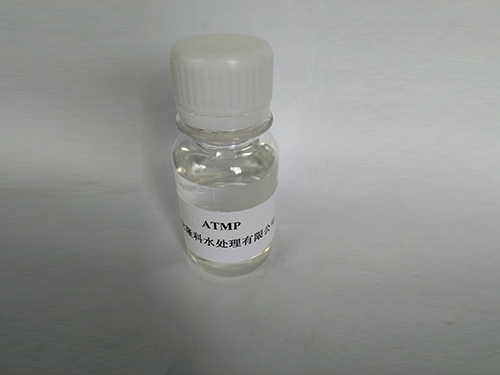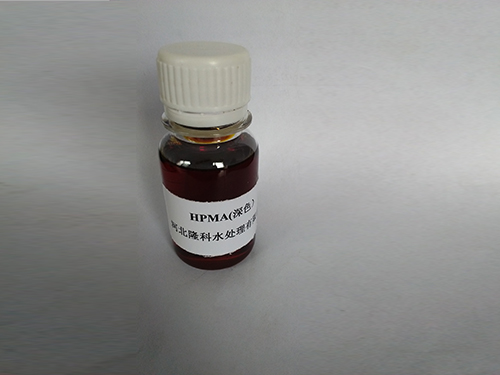2 月 . 12, 2025 14:38
Back to list
LK-5000 Carboxylate-Sulfonate Copolymer
Choosing the right type of flocculant is crucial for optimizing industrial processes, ensuring compliance with environmental regulations, and maintaining cost-effective operations. Flocculants serve as indispensable agents in water and wastewater treatment, mining, paper production, and numerous other industries. Their primary function is to aggregate suspended particles, enhancing the settling process and thereby clarifying the fluid.
Safety and environmental concerns are increasingly affecting flocculant selection. The chemical composition of synthetic flocculants often raises questions about their biodegradability and potential toxicity. Industry leaders are actively innovating to produce more eco-friendly alternatives. Green chemistry principles are being applied to reduce the reliance on petrochemical-based polymers, creating more biodegradable formulations. Ultimately, the effectiveness of any given flocculant is predicated on the application expertise and the continuous monitoring of the treatment process. It is essential for businesses to invest in knowledgeable personnel and advanced monitoring technologies to refine flocculant usage. This dedication not only ensures peak operational efficiency but also fortifies a company’s reputation as a responsible and environmentally-conscious entity. A customized flocculant selection forms a core component of optimizing the industrial treatment process. Partnering with reputable suppliers who provide comprehensive support—from laboratory testing and pilot trials to ongoing guidance on regulatory compliance—enhances both performance and trustworthiness in the eyes of stakeholders. As technology and environmental considerations evolve, so too must the strategies surrounding flocculant selection and utilization. Adapting to future needs, industries are advised to remain proactive. Keeping abreast of the latest research and technological advancements ensures that their operations remain efficient, compliant, and sustainable. As the global emphasis on environmental stewardship intensifies, products that align seamlessly with eco-friendly practices will undoubtedly ascend in prominence and preference among discerning industry players.


Safety and environmental concerns are increasingly affecting flocculant selection. The chemical composition of synthetic flocculants often raises questions about their biodegradability and potential toxicity. Industry leaders are actively innovating to produce more eco-friendly alternatives. Green chemistry principles are being applied to reduce the reliance on petrochemical-based polymers, creating more biodegradable formulations. Ultimately, the effectiveness of any given flocculant is predicated on the application expertise and the continuous monitoring of the treatment process. It is essential for businesses to invest in knowledgeable personnel and advanced monitoring technologies to refine flocculant usage. This dedication not only ensures peak operational efficiency but also fortifies a company’s reputation as a responsible and environmentally-conscious entity. A customized flocculant selection forms a core component of optimizing the industrial treatment process. Partnering with reputable suppliers who provide comprehensive support—from laboratory testing and pilot trials to ongoing guidance on regulatory compliance—enhances both performance and trustworthiness in the eyes of stakeholders. As technology and environmental considerations evolve, so too must the strategies surrounding flocculant selection and utilization. Adapting to future needs, industries are advised to remain proactive. Keeping abreast of the latest research and technological advancements ensures that their operations remain efficient, compliant, and sustainable. As the global emphasis on environmental stewardship intensifies, products that align seamlessly with eco-friendly practices will undoubtedly ascend in prominence and preference among discerning industry players.
Share
Latest news
-
The Ultimate Guide to Flocculants: Transforming Water TreatmentNewsNov.01,2024
-
Improve Your Water Treatment Solutions with PolyacrylamideNewsNov.01,2024
-
Enhance Your Water TreatmentNewsNov.01,2024
-
Empower You to Achieve the Highest Standards of Water QualityNewsNov.01,2024
-
Effective Scale InhibitorsNewsNov.01,2024
-
Discover the Power of Poly Aluminum Chloride in Water TreatmentNewsNov.01,2024





